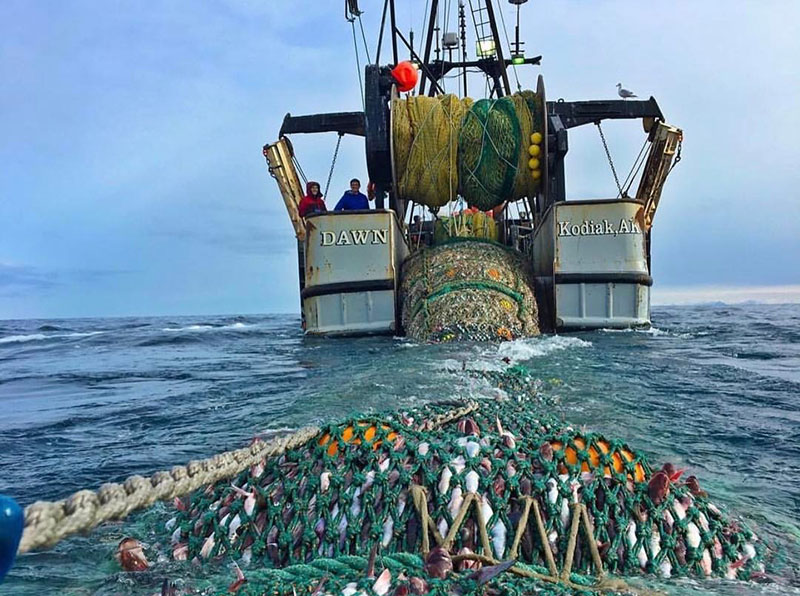August 15, 2022
Alaska pollock on a wild ride

The trawler Dawn from Kodiak, Alaska, catching pollock. Photo by Michael Nelson.

You've caught the limit!
Free membership gives you access to:
- Unrestricted access to all NationalFisherman.com articles.
- Receive in-depth reports and research on various topics related to the fishing industry.
- Up-to-date news updates from the fishing industry delivered directly to your inbox twice a week.






